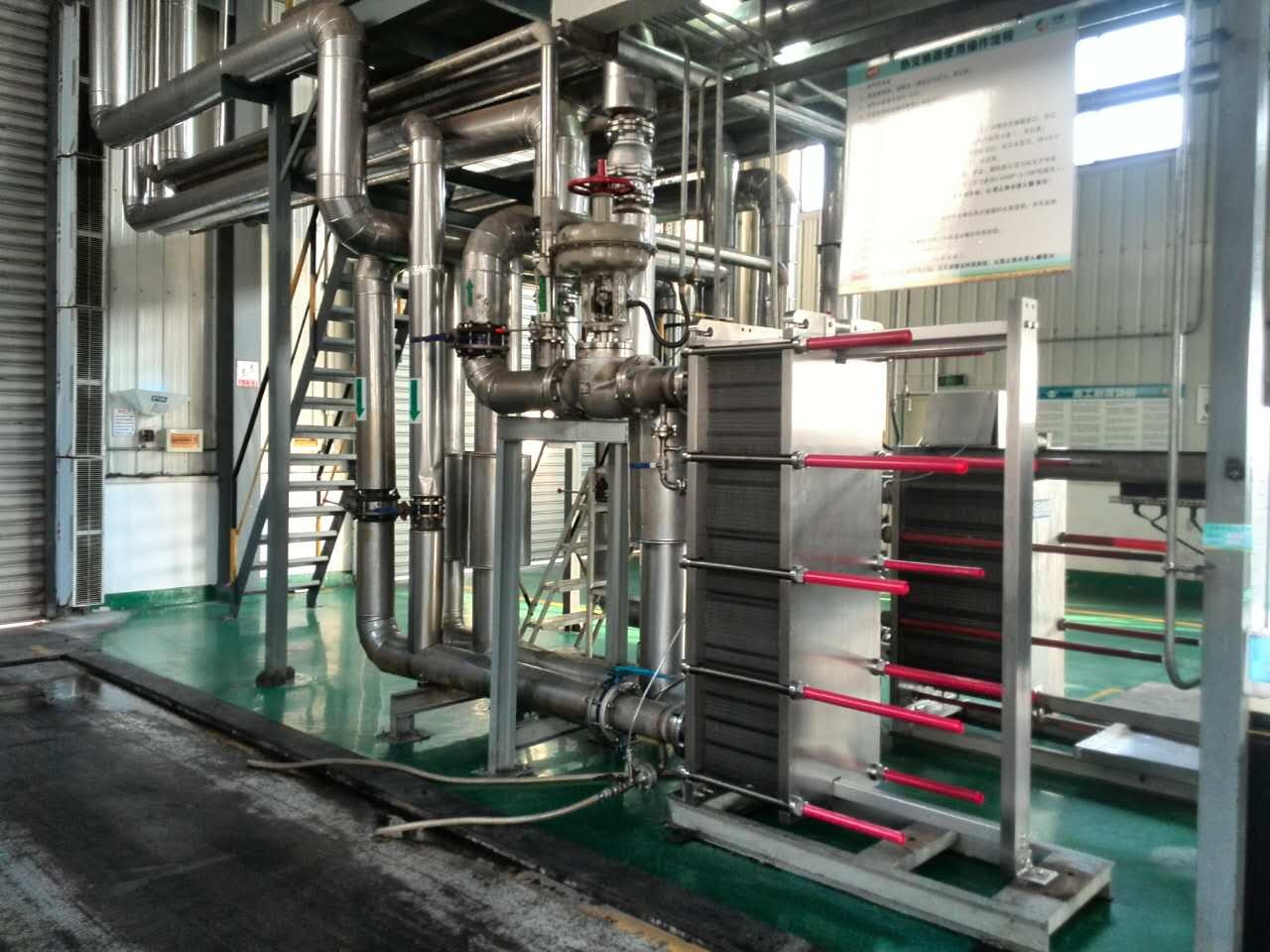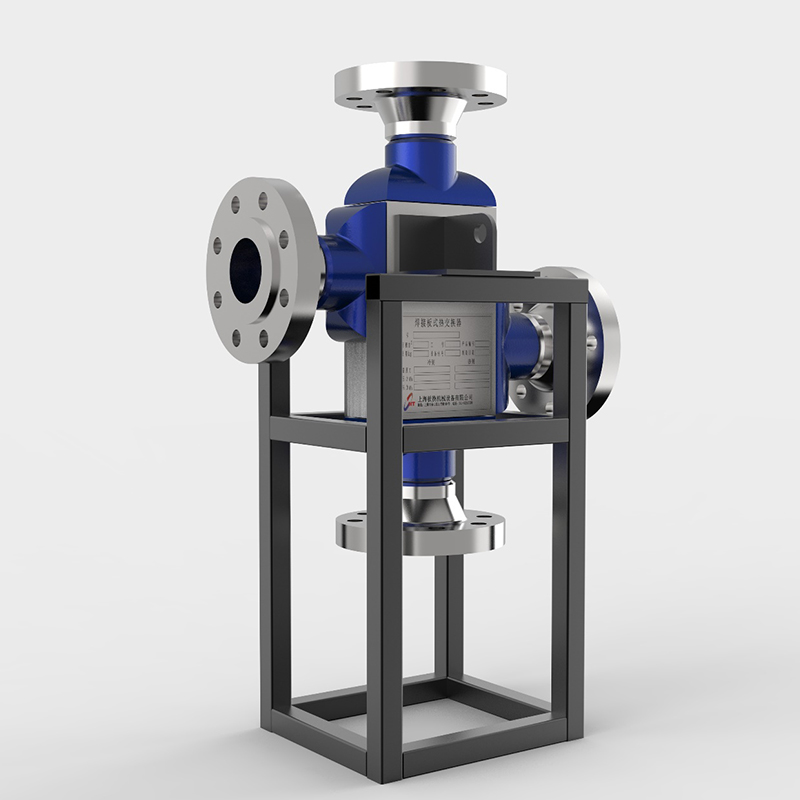5 key roles of plate heat exchanger gaskets.
Plate heat exchanger gaskets perform 5 key roles: ...
More
The principle of a parallel plate heat exchanger revolves around the efficient transfer of heat between two fluids through a series of closely spaced, corrugated metal plates. These plates are arranged in a parallel configuration, creating alternating channels for the hot and cold fluids to flow without mixing. The large surface area of the plates maximizes thermal contact, while the corrugations induce turbulence, enhancing heat transfer efficiency. This design allows for compact, lightweight systems that outperform traditional shell-and-tube heat exchangers in many applications.
Parallel plate heat exchangers are widely used in industries such as HVAC, chemical processing, food and beverage, and power generation due to their superior thermal performance and space-saving design. According to market research, the global plate heat exchanger market is projected to grow at a CAGR of 6.5% from 2023 to 2030, driven by increasing demand for energy-efficient solutions. These exchangers can achieve thermal efficiencies of up to 90%, significantly reducing energy consumption compared to conventional systems. Their modular design allows for easy expansion or maintenance, making them a cost-effective choice for businesses looking to optimize their thermal management processes while minimizing operational downtime.
The advantages of parallel plate heat exchangers make them indispensable in modern industrial applications. Their compact design requires up to 80% less space than traditional shell-and-tube units, according to industry data, while delivering equivalent or better performance. They also reduce energy costs by 20-30% due to their high heat transfer coefficients, which can reach 3,000-7,000 W/m²K depending on the fluid properties and flow conditions. Additionally, their stainless steel construction ensures durability and resistance to corrosion, extending service life even in harsh environments.
From a sustainability perspective, parallel plate heat exchangers align with global energy efficiency initiatives. Case studies show they can recover up to 50% of waste heat in industrial processes, significantly reducing carbon footprints. Their low fouling characteristics and easy cleaning procedures minimize maintenance requirements, while their ability to handle close temperature approaches (as low as 1°C) makes them ideal for applications requiring precise temperature control. With these benefits, it's no surprise that industries are increasingly adopting parallel plate heat exchangers to meet both economic and environmental objectives.
Select the most popular foreign trade service products to meet your diverse needs
Learn more about the dynamics and professional knowledge of the foreign trade industry

Plate heat exchanger gaskets perform 5 key roles: ...
MoreAPI 662 defines standards for plate heat exchanger...
More
You can see clear differences between welded block...
More
A gasket in heat exchanger seals surfaces, blocks ...
More
Plate heat exchangers deliver high thermal efficie...
More
A heat exchanger's main parts include the heat tra...
MoreSelect the most popular foreign trade service products to meet your diverse needs
Explore more content related to foreign trade services

User Comments
Service Experience Sharing from Real Customers
John Smith
Mechanical EngineerThe parallel plate heat exchanger is incredibly efficient and easy to maintain. It has significantly improved our system's performance.
Emily Johnson
Process EngineerGreat product for heat recovery applications. The compact design saves a lot of space in our facility.
Michael Brown
HVAC TechnicianThis heat exchanger works flawlessly in our HVAC systems. The heat transfer efficiency is outstanding.
Sarah Davis
Energy ConsultantHighly recommend this parallel plate heat exchanger for energy-saving projects. It delivers consistent performance.